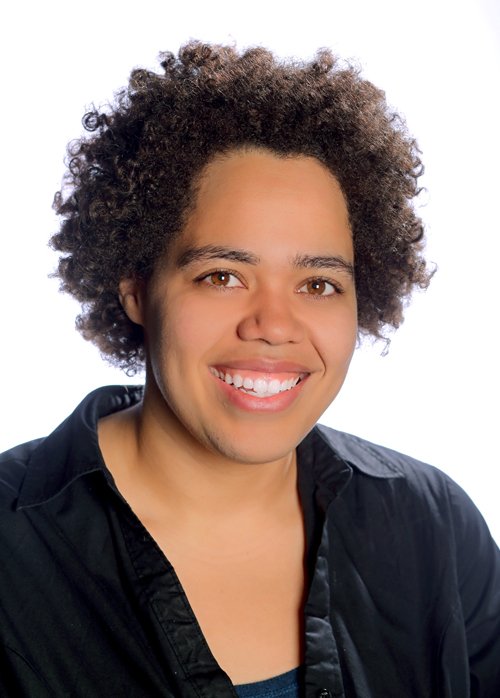Alumna on Team Synthesizing Yeast Genome

A Department of Energy Computational Science Graduate Fellowship (DOE CSGF) alumna is part of an international team that has built five new synthetic yeast chromosomes and is lead author of one of seven papers describing the research.
The research, published in the March 10 issue of the journal Science, is part of a years-long effort to completely rewrite the genetic blueprint for Saccharomyces cerevisiae, or common baker’s yeast. With the addition of these five chromosomes the team now has built six of the 16 chromosomes containing this one-celled organism’s DNA.
Sarah Richardson, a DOE CSGF recipient from 2007 to 2011, has been involved in the effort from its early stages and has done research with two of its leaders, Jef Boeke of New York University’s Langone Medical Center and Joel Bader of Johns Hopkins University. Richardson now is chief scientific officer of Microbyre, a startup that creates genetic toolkits. She previously held postdoctoral research fellowships with the Joint Genome Institute and the Joint Bioenergy Institute, both at DOE’s Lawrence Berkeley National Laboratory.
As Richardson describes it in an article on the Vox news website, the project isn’t creating a new organism; it’s domesticating an existing one. The teams of researchers use computational tools Richardson built to analyze and edit the yeast’s genome, moving and removing chunks of DNA. In a long and painstaking process, the DNA is produced and assembled bit by bit and tested in chromosomes that replace natural chromosomes in yeast cells. The research helps understand the mechanics of genetics and could lead to organisms engineered to produce useful medicines or biofuels.
Scientists use Richardson’s software, BioStudio, to design the chromosomes so they’re modular and composable: After genetic changes were made, the codes determined what other small changes were needed to segment the chromosome for physical assembly from small pieces. The program planned and tracked all the assemblies and handled version control, error correction and quality control. Richardson helped design and build several chromosomes while creating and testing BioStudio.
Genome synthesis for one of the new chromosomes relied on Chinese undergraduate students participating in a “Build-a-Genome” course Richardson first helped create as a graduate student at Johns Hopkins University. The students relied on chromosome designs created with BioStudio.
By the end of this year, the team of more than 200 researchers expects to have designed and built synthetic versions of all 16 yeast chromosomes, an NYU Langone release says.


